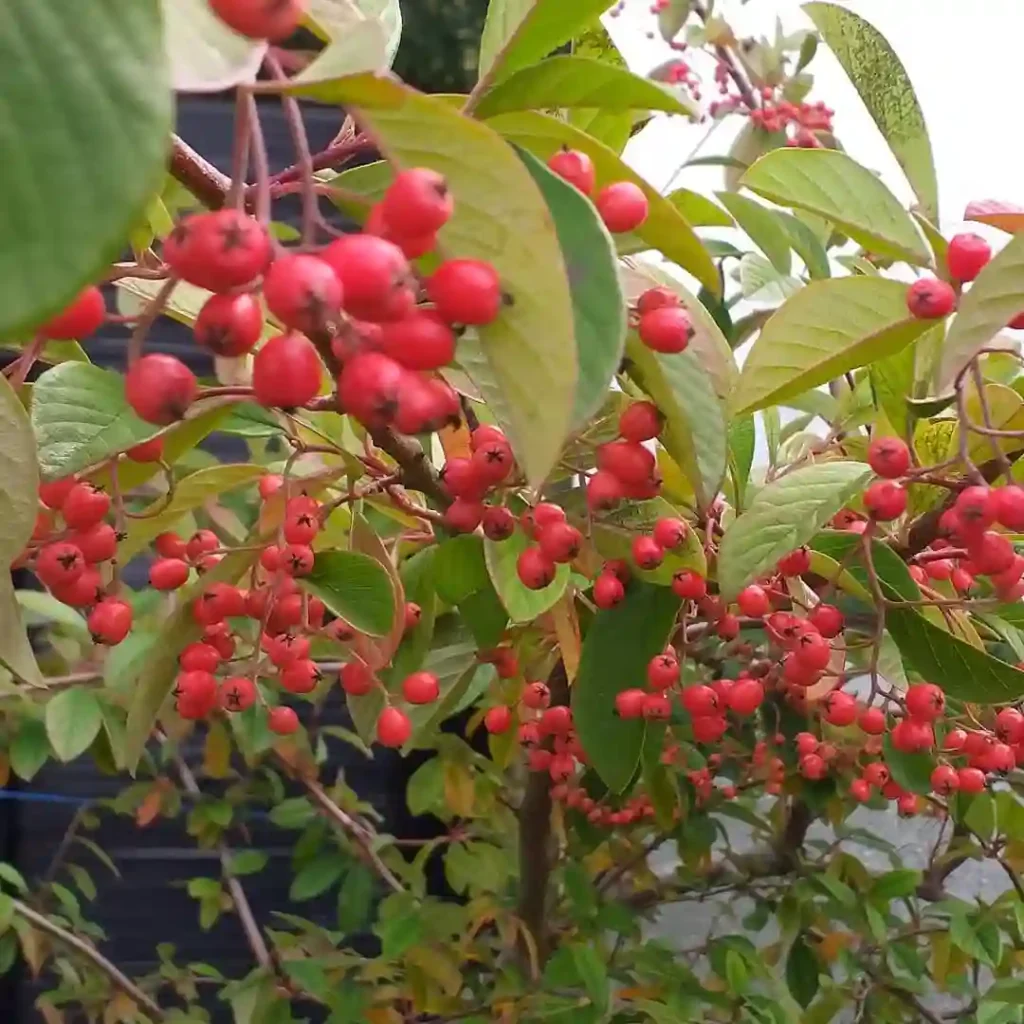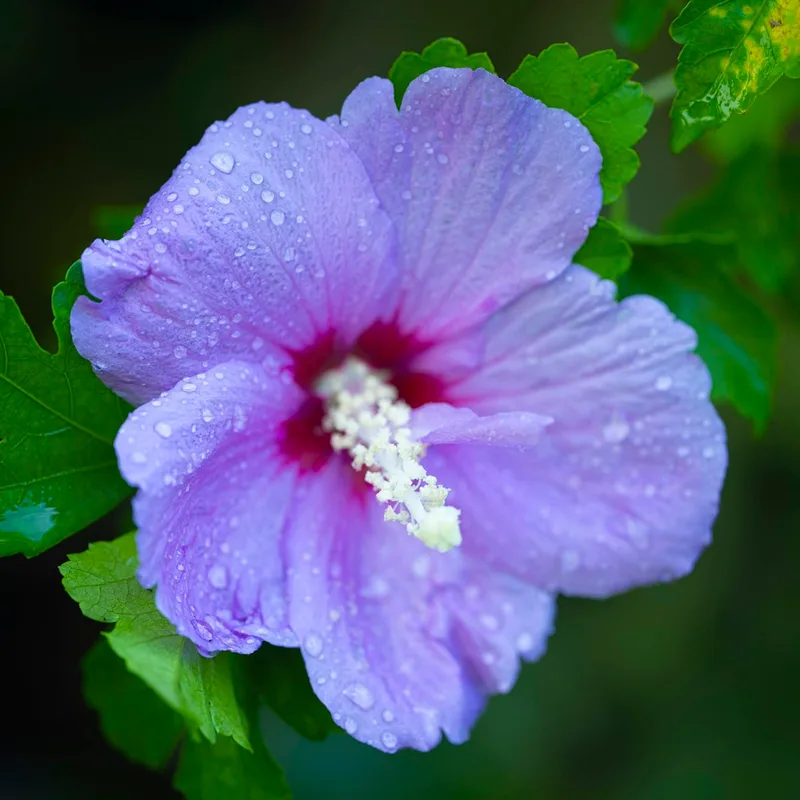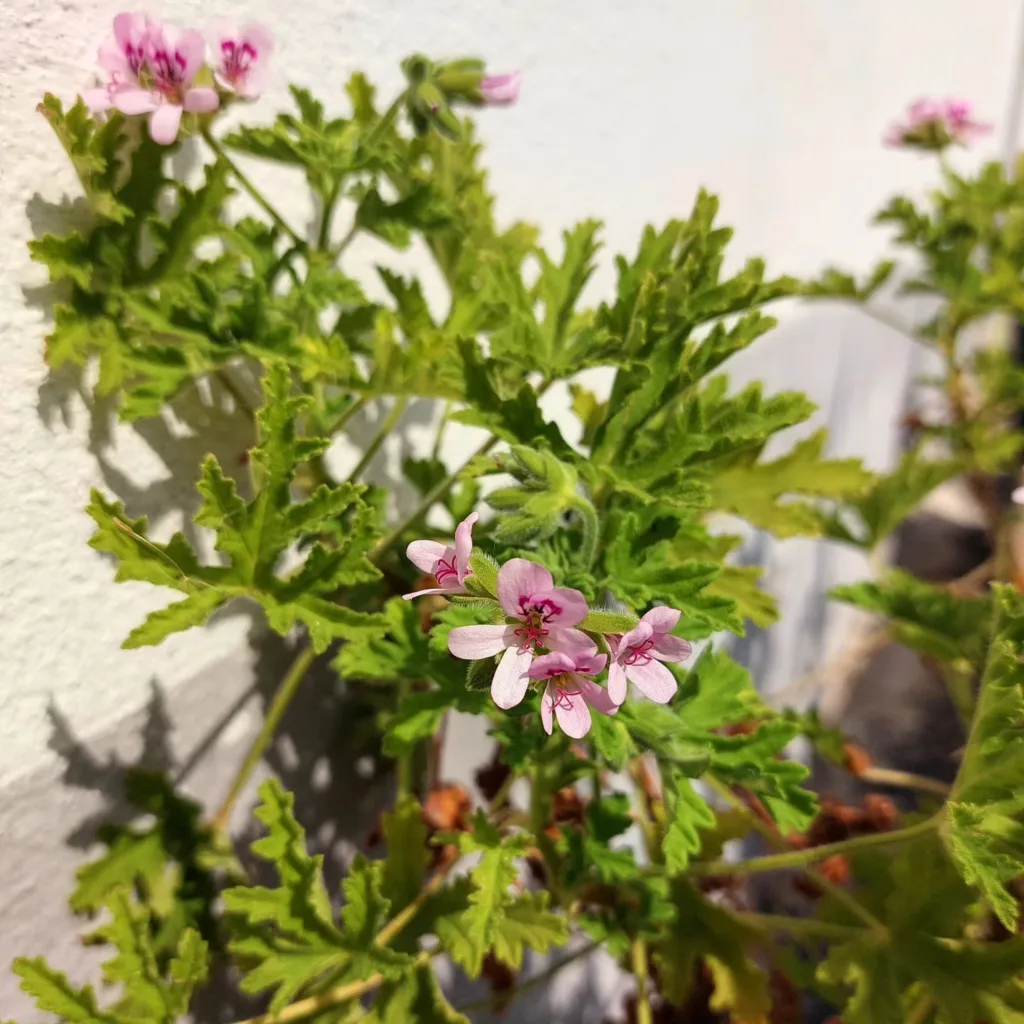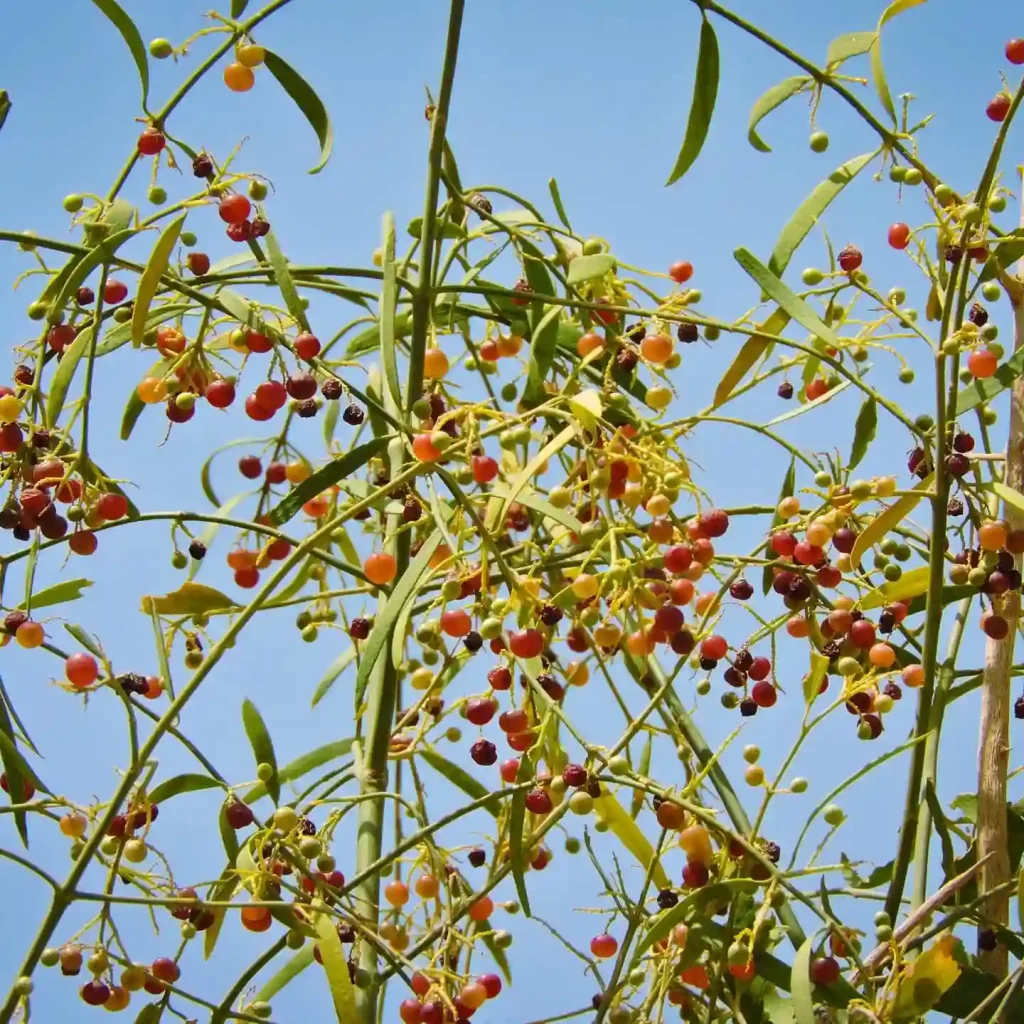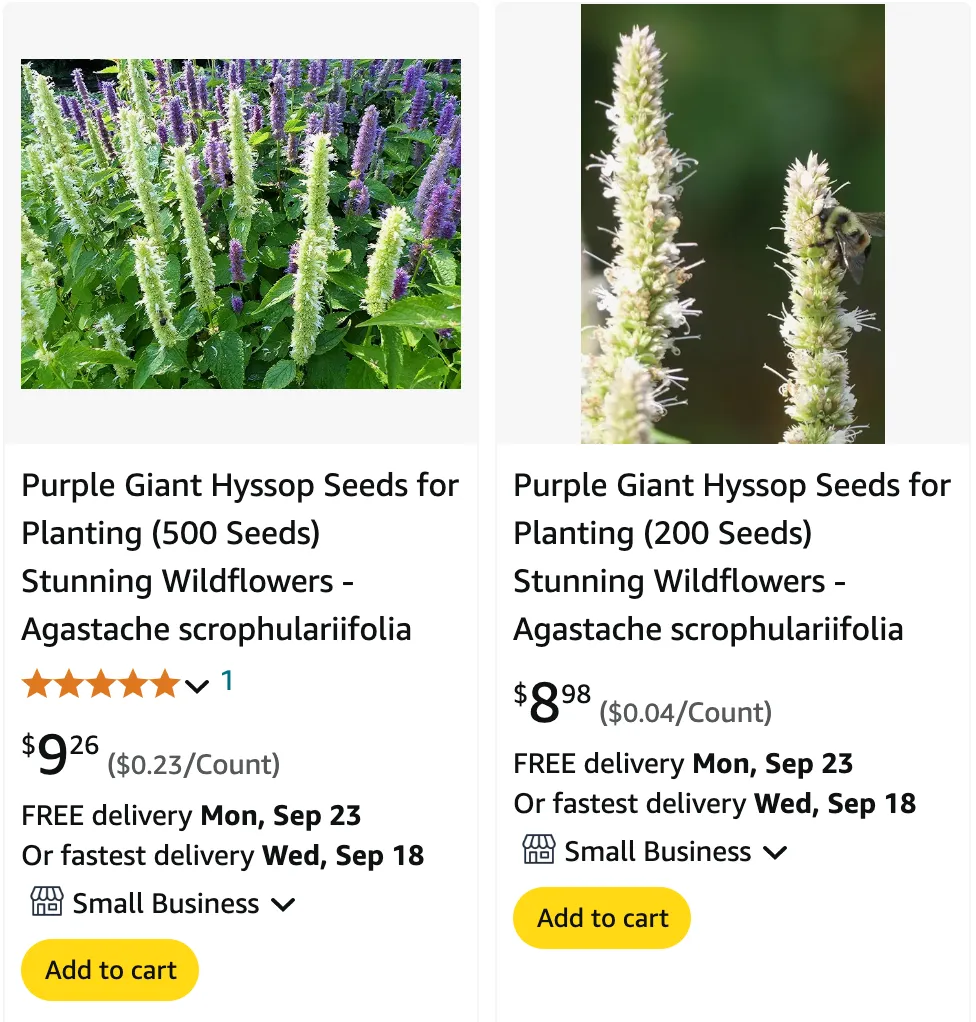
Frequently Asked Questions About Agastache Scrophulariifolia
Agastache Scrophulariifolia, commonly known as Purple Giant Hyssop, is one of my favorite plants to grow. This perennial herb from the mint family offers a lot to gardeners. It is not only visually striking, but it also attracts pollinators and has some beneficial uses. I’ve put together a list of frequently asked questions (FAQs) about Agastache Scrophulariifolia to help you get familiar with this beautiful plant.
23 Species in Genus Agastache
What is Agastache Scrophulariifolia?
Agastache Scrophulariifolia, or Purple Giant Hyssop, is a herbaceous perennial native to North America. It thrives in moist, well-drained soil and can grow up to 6 feet tall, making it a great backdrop plant for garden beds. The plant produces tall spikes of lavender to purple flowers from mid-summer to fall, which are highly attractive to pollinators like bees, butterflies, and hummingbirds. The foliage has a mild minty scent, characteristic of the mint family.
How to Care for Agastache Scrophulariifolia?
Caring for Agastache Scrophulariifolia is pretty straightforward. Here’s what works for me:
- Sunlight: It prefers full sun but can tolerate partial shade. I’ve found that it blooms more profusely when it gets around 6 hours of sunlight daily.
- Soil: While it does well in average garden soil, I make sure to plant it in well-drained soil. It doesn’t like standing water, and overly moist soil can lead to root rot.
- Watering: Once established, Agastache Scrophulariifolia is relatively drought-tolerant. However, young plants need regular watering until they are fully settled.
- Fertilization: It’s not a heavy feeder. I only use a light, all-purpose fertilizer in early spring to give it a boost before the growing season.
- Pruning: Deadheading spent flowers helps encourage more blooms, and cutting back the plant in late fall or early spring keeps it looking neat for the next growing season.
How to Propagate Agastache Scrophulariifolia?
Propagating Agastache Scrophulariifolia can be done by seed or division. I’ve had the best success with seed propagation, especially when sown in early spring.
- From Seeds: Start seeds indoors about 8-10 weeks before the last frost. Scatter the seeds lightly on the soil surface and press them in without covering them too much. They need light to germinate.
- Division: If you already have mature plants, you can divide the clumps in spring or fall. Dig up the plant and gently separate the roots into smaller sections, making sure each section has some healthy roots and stems attached.
What to Plant with Agastache Scrophulariifolia?
Agastache Scrophulariifolia pairs well with other pollinator-friendly perennials like Echinacea, Rudbeckia, and Salvia. I also like planting it with ornamental grasses for a contrast in texture. Since it’s tall, I place it toward the back of mixed borders, where it adds height and a splash of color.
Is Agastache Scrophulariifolia Toxic?
One common question I get is whether Agastache Scrophulariifolia is toxic. The good news is, it’s non-toxic to both humans and pets. In fact, the leaves are sometimes used in teas for their mild minty flavor. However, I recommend consulting a herbalist before using it for culinary or medicinal purposes.
What Are the Benefits of Agastache Scrophulariifolia?
There are plenty of benefits to growing Agastache Scrophulariifolia:
- Pollinator Attraction: The tall flower spikes are a magnet for bees, butterflies, and hummingbirds, which makes it a great choice for a wildlife garden.
- Low Maintenance: Once established, it’s pretty self-sufficient. I find it to be a hardy plant that doesn’t need a lot of fussing over.
- Deer and Rabbit Resistant: While many plants in my garden suffer from deer and rabbit browsing, Agastache Scrophulariifolia is generally left alone by these animals due to its aromatic leaves.
What Are Some Common Problems with Agastache Scrophulariifolia?
One of the few problems I’ve encountered with Agastache Scrophulariifolia is powdery mildew, which can affect the leaves during hot, humid weather. To avoid this, ensure proper air circulation by spacing the plants well apart and avoiding overhead watering.
Another issue is root rot, which occurs if the soil is too wet. Ensuring good drainage solves this problem. Keep an eye on pests like aphids, but in my experience, they haven’t been much of an issue with this plant.
How Does Agastache Scrophulariifolia Compare to Similar Plants?
Agastache Scrophulariifolia is often compared to other members of the Agastache genus, like Agastache Foeniculum (Anise Hyssop). Both plants attract pollinators and have similar care requirements, but the main difference lies in their appearance. Agastache Foeniculum has more pronounced anise-scented leaves and tends to be shorter than Agastache Scrophulariifolia.
In terms of flowering, Agastache Scrophulariifolia tends to have larger, more vivid flower spikes, making it stand out more in the garden. If you want a taller plant with a bolder presence, I’d recommend Agastache Scrophulariifolia.
Final Thoughts
Agastache Scrophulariifolia is a versatile, hardy plant that brings a lot of value to any garden. It’s easy to grow, non-toxic, and perfect for attracting pollinators. Whether you’re looking to fill a sunny border or create a pollinator-friendly garden, this plant will not disappoint. Just remember to give it the right conditions—plenty of sun, well-drained soil, and a bit of space—and it will reward you with a profusion of lavender blooms year after year.
If i die, water my plants!
